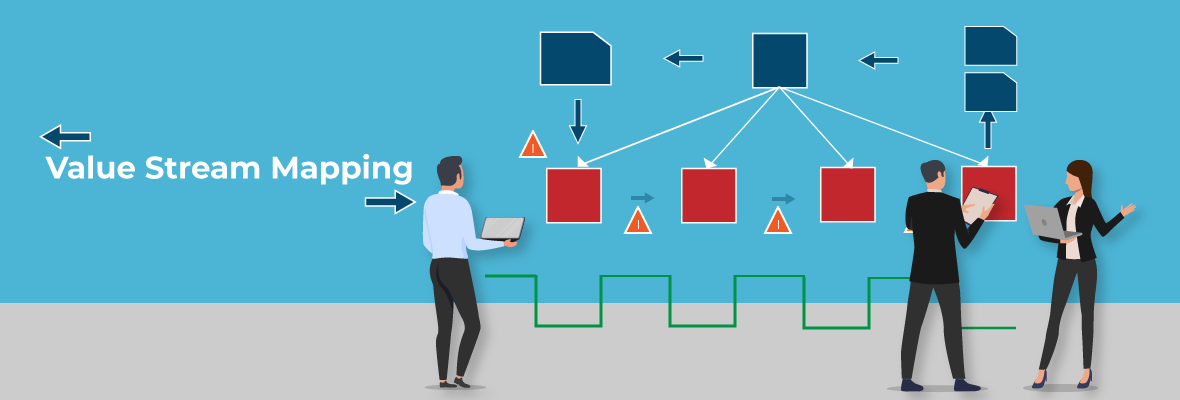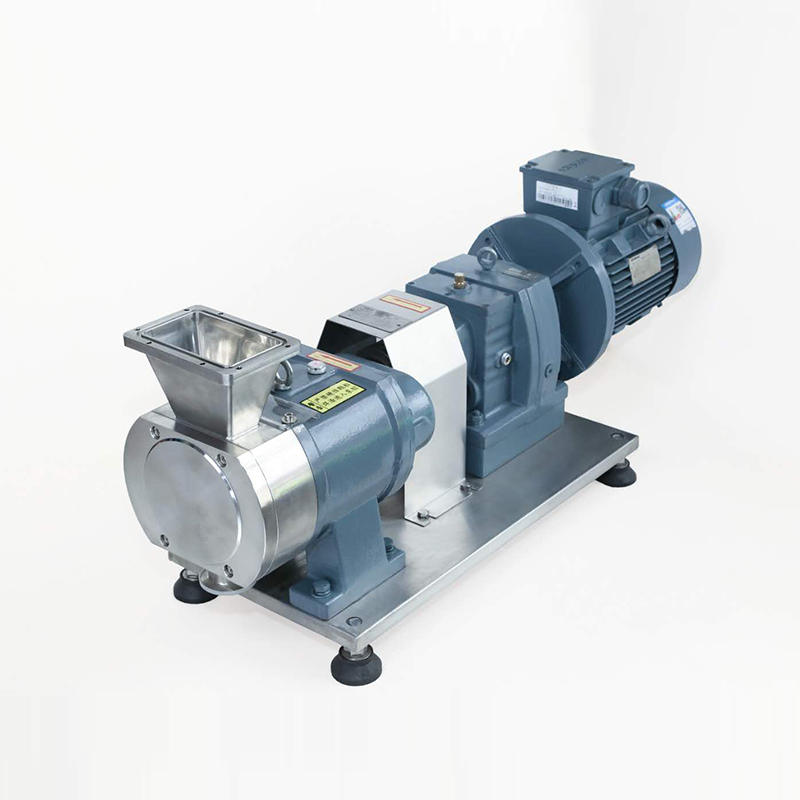Imagine a grand railway system where every track, signal, and station must align to deliver passengers safely and swiftly to their destination. The IT value stream functions in much the same way — a network of interlinked processes that move ideas from a developer’s keyboard to the customer’s hands. When the rails are straight, the trains glide effortlessly. But when bottlenecks arise — misaligned priorities, manual approvals, or broken feedback loops — the journey stalls. Understanding and mapping this value stream transforms chaos into coordination, ensuring that every release arrives on time, with precision and purpose.
From Concept to Code: The First Mile of Delivery
Every innovation begins as a spark — a conversation, a problem, or a bold idea. Yet this spark must pass through layers of design, development, and validation before it ever reaches the user. In this early stretch, the value stream resembles the planning of a complex railway route. Teams must define tracks (user stories), schedule trains (sprints), and forecast potential detours (risks).
In organisations that practise DevOps, this alignment begins with shared visibility. Developers, testers, and business analysts work as a single crew, synchronising priorities through agile boards and automated pipelines. Participants in a DevOps course in Chennai are often introduced to the first stage of mapping: identifying where value originates, where it gets delayed, and how early collaboration reduces rework downstream. It’s here that theory meets practical execution, where mapping isn’t a whiteboard exercise but a living, evolving process.
Building Flow: Eliminating Friction in the Tracks
Once code begins to roll down the tracks, the next challenge is maintaining momentum. Flow, in the value stream context, refers to how seamlessly work items move from one stage to the next. Delays here can be as subtle as waiting for test environments or as glaring as unresolved dependencies.
To sustain velocity, high-performing teams rely on automation. Continuous Integration (CI) and Continuous Delivery (CD) pipelines act as automatic signalling systems — detecting faults, routing builds, and deploying code at speed. Just as a train must pass checkpoints safely before reaching the next station, each software component must pass tests, security scans, and approvals. Learners in a DevOps course in Chennai explore how these automated pathways reduce human intervention while amplifying reliability. They discover that the true essence of DevOps lies not in speed alone but in creating a dependable rhythm of progress, where each build paves the way for the next.
Feedback Loops: The Stations of Insight
Even the best-engineered rail systems rely on passenger feedback. Without it, improvements stagnate. Similarly, in software delivery, the journey doesn’t end with deployment; it extends into the realm of monitoring, analytics, and user experience. These feedback loops form the critical stations where data, metrics, and customer insights are collected and acted upon.
Imagine a dashboard displaying the health of every service, the response time of each API, and the satisfaction level of users. This real-time reflection is what enables organisations to pivot quickly, address pain points, and continuously improve. In practice, establishing effective feedback loops means integrating observability tools, incident management systems, and customer input directly into the value stream. Each loop transforms reactive firefighting into proactive refinement — a hallmark of digital maturity.
Removing Waste: Streamlining the Route to Value
Not every track on the railway leads somewhere useful. Some sidetracks, though well-intentioned, consume time without delivering value. In IT terms, this waste appears as redundant testing, duplicated effort, or manual handovers. Value stream mapping helps teams identify these detours and eliminate them.
Through visualising the entire process — from idea to delivery — organisations uncover where value is delayed or diluted. They measure cycle time, lead time, and deployment frequency, using these metrics to guide continuous improvement. The goal isn’t to automate everything unthinkingly but to focus energy on activities that genuinely serve the customer. This mindset encourages simplicity, clarity, and accountability, where each contributor understands their role in delivering value rather than just completing tasks.
From Code to Customer: Creating a Continuous Journey
In the traditional world, the journey from development to deployment often felt like passing a baton — linear, fragmented, and fraught with handoffs. Modern DevOps reimagines it as a loop — continuous, adaptive, and self-correcting. When correctly mapped, the IT value stream ensures that each stage feeds the next, forming a complete ecosystem of delivery and learning.
Consider a release pipeline as an express route — from coding and testing to deployment and feedback — that circles back to planning for the next iteration. This circular flow transforms delivery from a one-time event into an ongoing evolution. Businesses gain not just faster releases but a clearer understanding of where to invest, optimise, or innovate. The customer, in turn, experiences reliability, responsiveness, and trust — the hallmarks of mature digital operations.
Conclusion
Mapping the IT value stream is more than a technical exercise; it’s a cultural awakening. It reveals how every decision, delay, and deployment impacts the end customer. When teams visualise their work holistically, they stop operating in silos and start performing as a unified system — one that continuously learns, adapts, and improves.
The metaphor of the railway reminds us that delivering software is not just about speed; it’s about precision, predictability, and purpose. Each mapped process, automated checkpoint, and feedback station contributes to a resilient journey from code to customer. For organisations striving to modernise, and for learners exploring the real-world application of DevOps principles, understanding this value stream isn’t optional — it’s essential. The more clearly you see the tracks beneath your code, the smoother your delivery will be, and the closer you’ll move toward that ultimate destination: delivering actual, sustained value to your customers.



